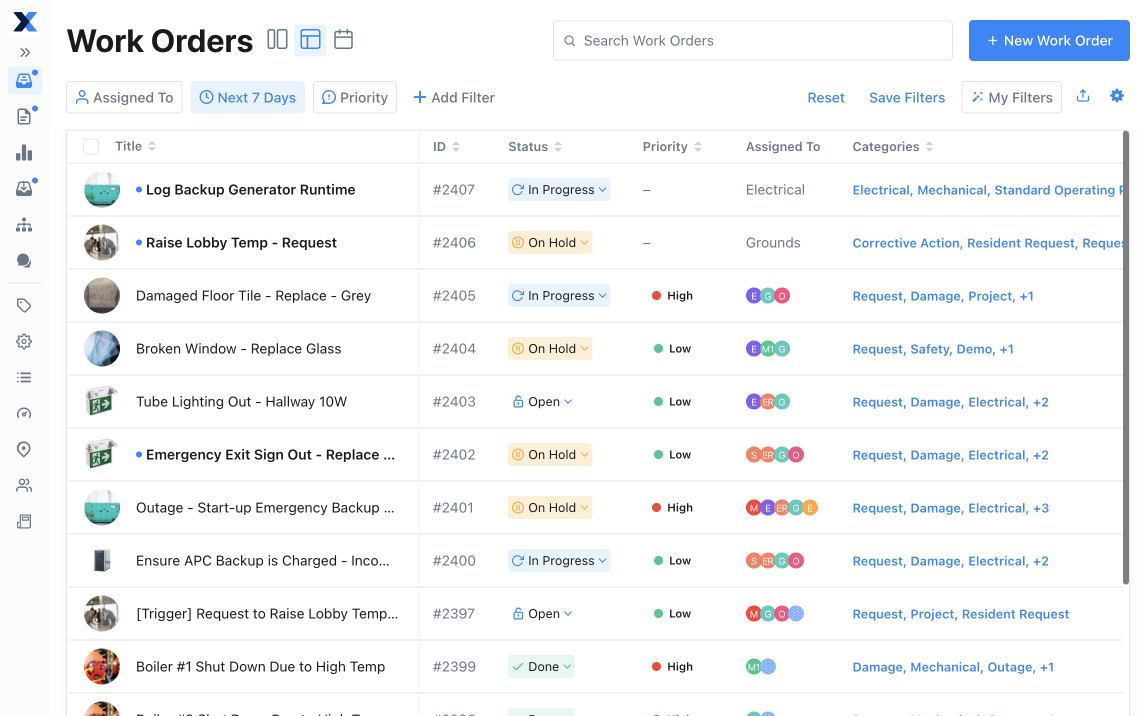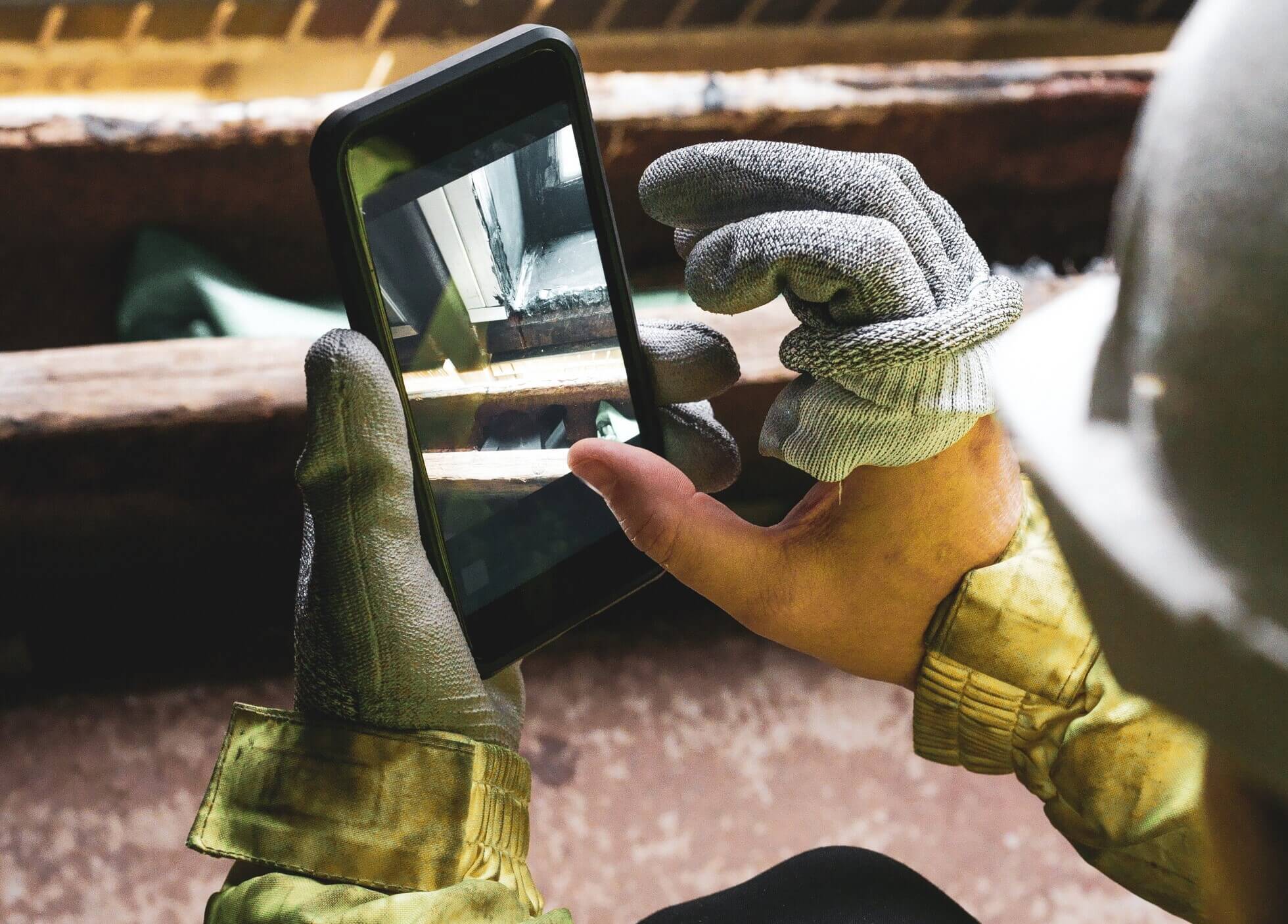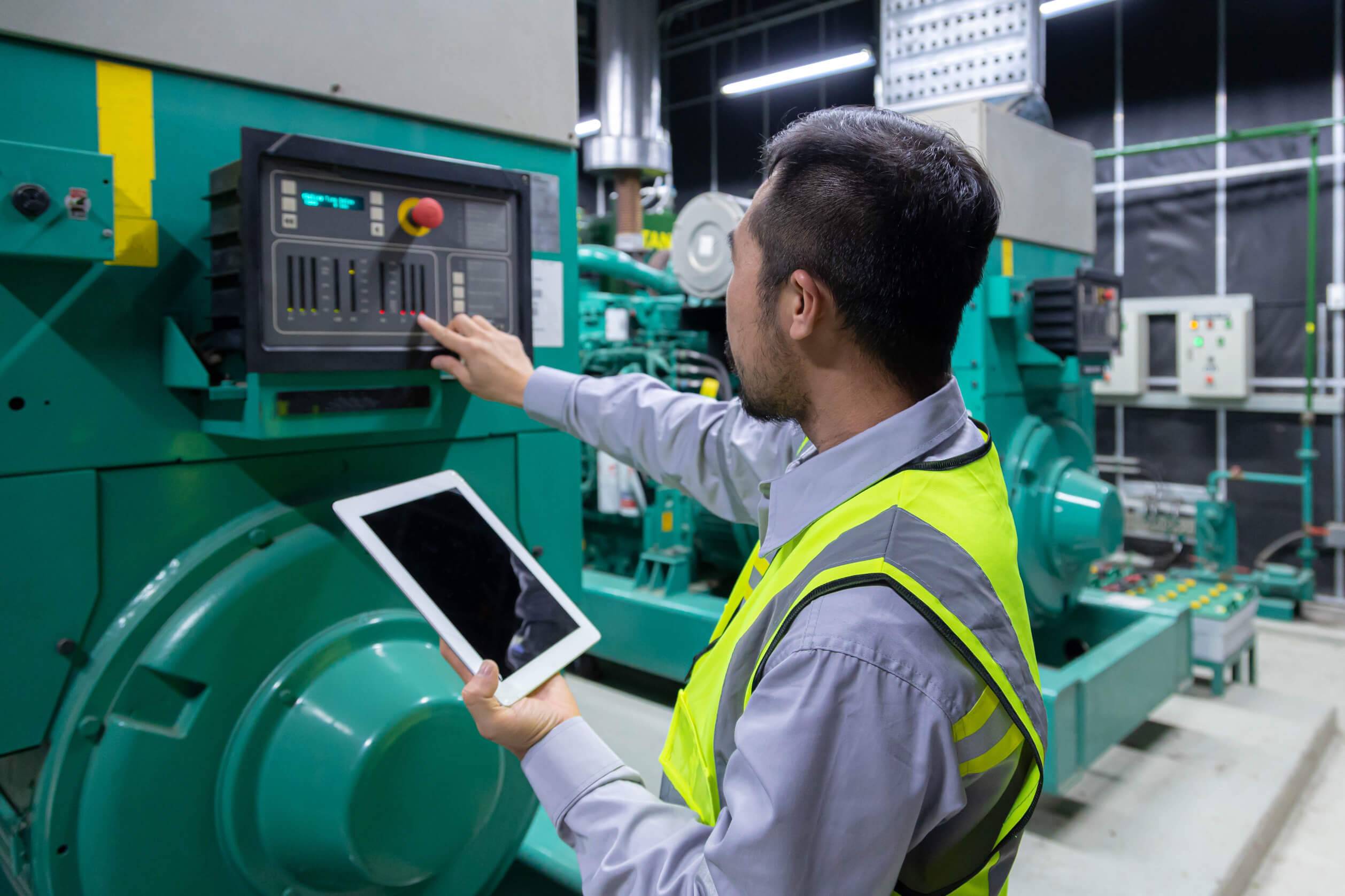What Is 70-20-10?
70-20-10 is a model for learning and development that encapsulates the various ways people learn. This learning approach is based on proportional splits of learning methods. The hypothesis holds that learners retain information according to the following formula:
- 70% of knowledge is gained from hands-on experience with challenging assignments
- 20% of knowledge is gained from interactions with others and developmental relationships
- 10% of knowledge is gained from formal learning or structured coursework and training programs.
Morgan McCall, Michael M. Lombardo, and Robert A. Eichinger developed this framework at the Center for Creative Leadership (CCL) in the 1980s. Since then, the model has gained popularity, and organizations apply it to optimize their employee performance and professional development.
In maintenance, the approach has multiple potential benefits.
“The 70-20-10 rule reveals that individuals tend to learn 70% of their knowledge from challenging experiences and assignments, 20% from developmental relationships, and 10% from coursework and training.”
CCL
How to Apply 70-20-10
The 70%
As the model suggests, most of an employee’s learning and development efforts (70%) should go into experiential learning or learning by doing. So, employees should discover for themselves their own skills and shortcomings.
Of course, we all benefit from receiving instructions. Imagine trying to carry out preventive or reactive maintenance for the first time without a manual. If you’re unlucky and something goes wrong, you’re likely looking at some more downtime before you get everything back on track.
That said, you can’t depend on manuals 24/7. Regardless of what maintenance approach, you likely learn more from practical job experiences and will better retain new skills.
The 20%
The theory holds that 20% of learning is social. This means creating opportunities or initiatives for team members to collaborate on the shop floor. This social learning can be team members carrying out tasks together or direct mentorship and coaching from bosses and colleagues.
For example, more experienced staff can demonstrate the routine checks that make up a team’s maintenance activities before a new hire tries their hand at them.
The 10%
Despite the importance of hands-on experience, formal training is vital for staff. In the model, employees benefit from spending 10% of the job learning in a formal fashion. This can be direct work instructions, face-to-face training sessions, or maintenance guides. Other training methods include online training such as webinars and e-learning exercises. The goal here is to boost workers’ theoretical knowledge and provide them with information that supports their practical work on the floor.
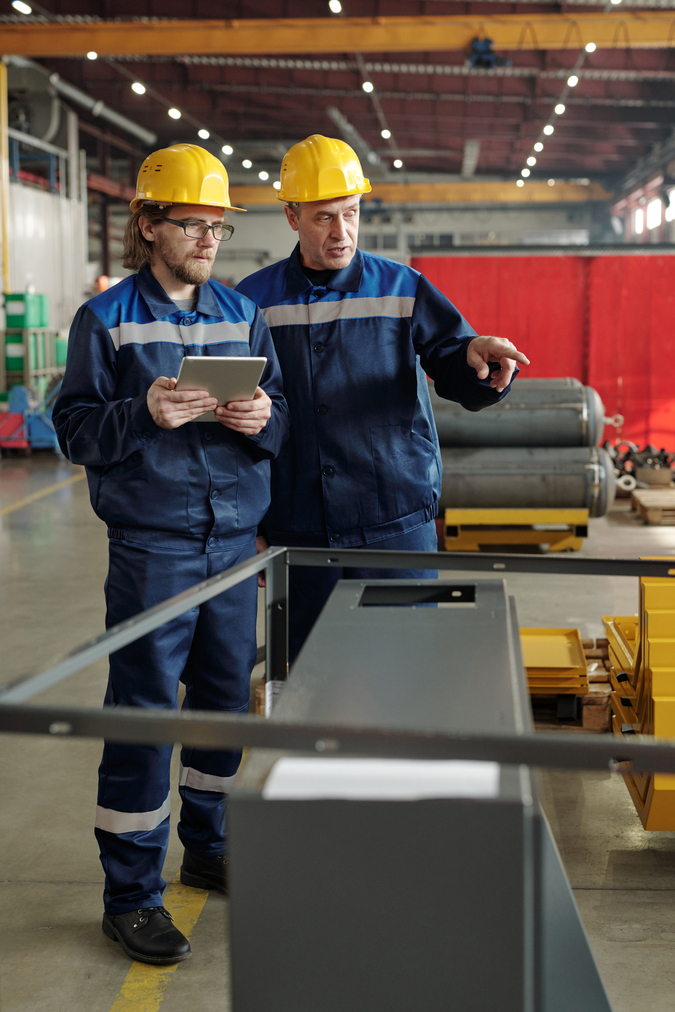
Cons of 70-20-10
Despite its popularity, the framework does have potential limitations.
Lack of Supporting Evidence
The original hypothesis was based on a survey of successful business managers. Outside of this, there are no large-scale studies of its effectiveness. We don’t know how well this structured learning model works with employees on the ground.
Use of Whole Numbers
In real life, we don’t organize our actions into percentages. If you’re part of a maintenance team, you probably don’t divide your time into perfect sections. Chances are, you are doing a lot of hands-on work at the same time you are reaching for written learning resources and speaking to colleagues for advice and support. Realistically, people probably experience an unstructured mix of methods rather than clean ratios of time spent.
Changes in Business
Between the 1980s and now, businesses have changed how they get work done. Advances in technology (think Industry 4.0) have transformed many industries.
The maintenance industry, for example, now integrates software like Computerized Maintenance Management Software (CMMS) to streamline operations. Also, the internet provides informal online learning channels.

Pros of 70-20-10
However, keep in mind the potential benefits of the 70-20-10 earning approach.
Gives Employees Flexibility
The needs and structure of every industry are different. Any business can benefit from encouraging workers to learn in a variety of ways. Also, not everybody learns the same way. Applying this mixed approach gives employees the freedom to figure out how they learn best.
Improves Company Culture
The social learning aspect of the model is useful for teams as a whole. Encouraging employees to collaborate can create a more effective work environment and a stronger culture.
Increases Overall Productivity
Letting employees figure out how they learn best equals less time wasted on learning methods that aren’t working. This translates to more time on the floor actively working, less downtime, and an increase in your bottom line.
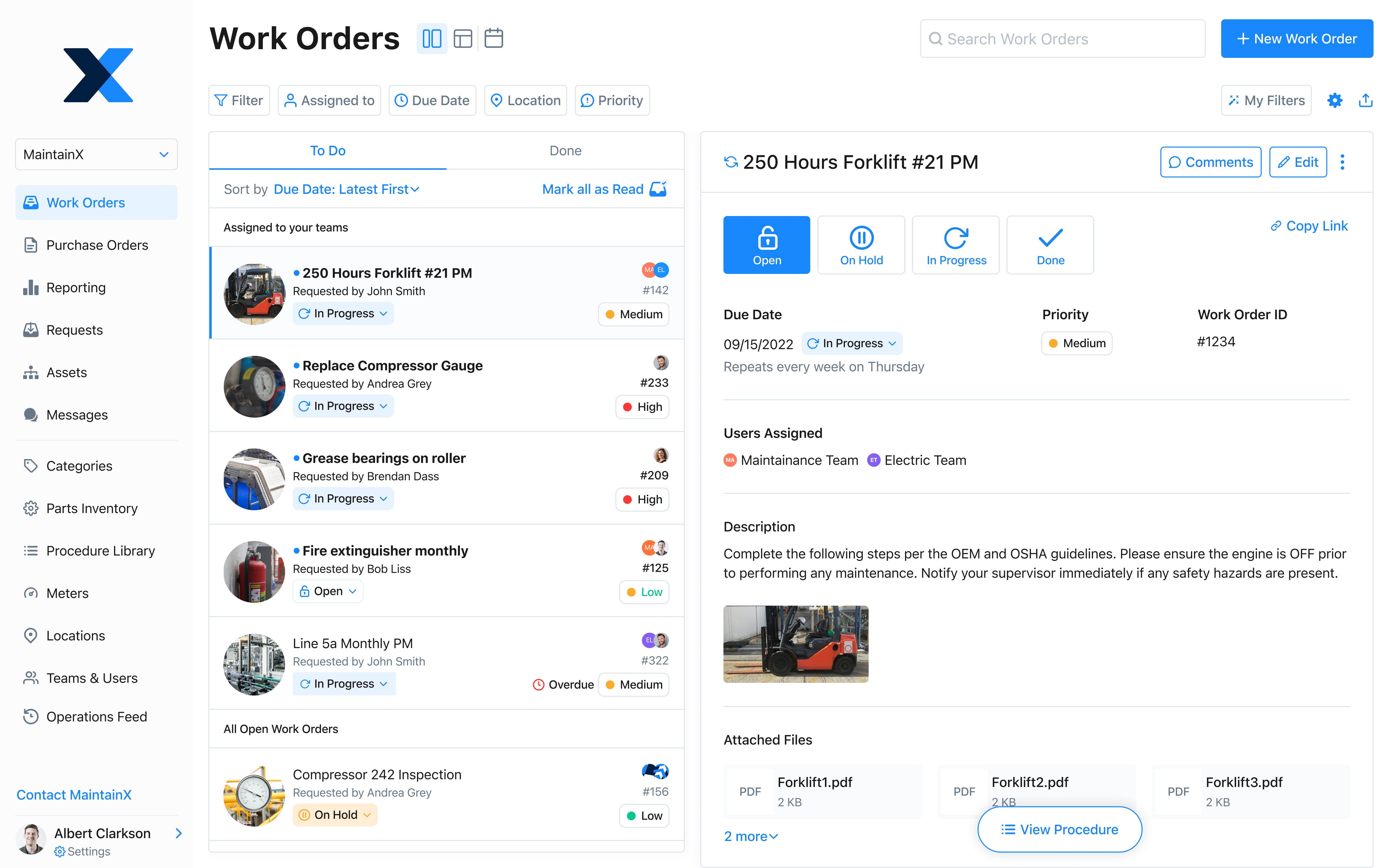
Use a CMMS for Learning and Development
As mentioned, one of the significant changes in the maintenance industry has been the advent of work order management software. In place of pen and paper, a CMMS can streamline your workflows. MaintainX is one such example, with a range of tools to help employees learn and develop, and to improve your company’s overall operations.
Organize Your Workflow
A good CMMS can help you execute a learning strategy with your team to increase workflows. Within MaintainX, for example, you can assign work orders for practical experience and include standard operating procedures, graphics, and pdf’d equipment manuals. You can also track the progress of your team members via MaintainX’s robust reporting feature.
Share Information
A good work order software can function as a maintenance management system and as a learning management system (LMS). If you’re working with a well-designed product, you’ll have access to features that allow you to disseminate learning resources to staff. This can include safety warnings, inspection checklists, and webinar links.
Facilitate Communication
The social component of learning no longer means meeting up with colleagues face-to-face to go over plans or ideas. MaintainX offers in-app instant messaging for easy communication between team members.
Imagine a new maintenance worker uncertain about a preventive maintenance protocol in his department. In the moment, finding a more experienced colleague may seem to make sense. However, these minutes can add up, prolonging downtime and decreasing productivity.
FAQs

Caroline Eisner
Caroline Eisner is a writer and editor with experience across the profit and nonprofit sectors, government, education, and financial organizations. She has held leadership positions in K16 institutions and has led large-scale digital projects, interactive websites, and a business writing consultancy.

.jpeg)
.jpg)
.jpeg)

.jpeg)
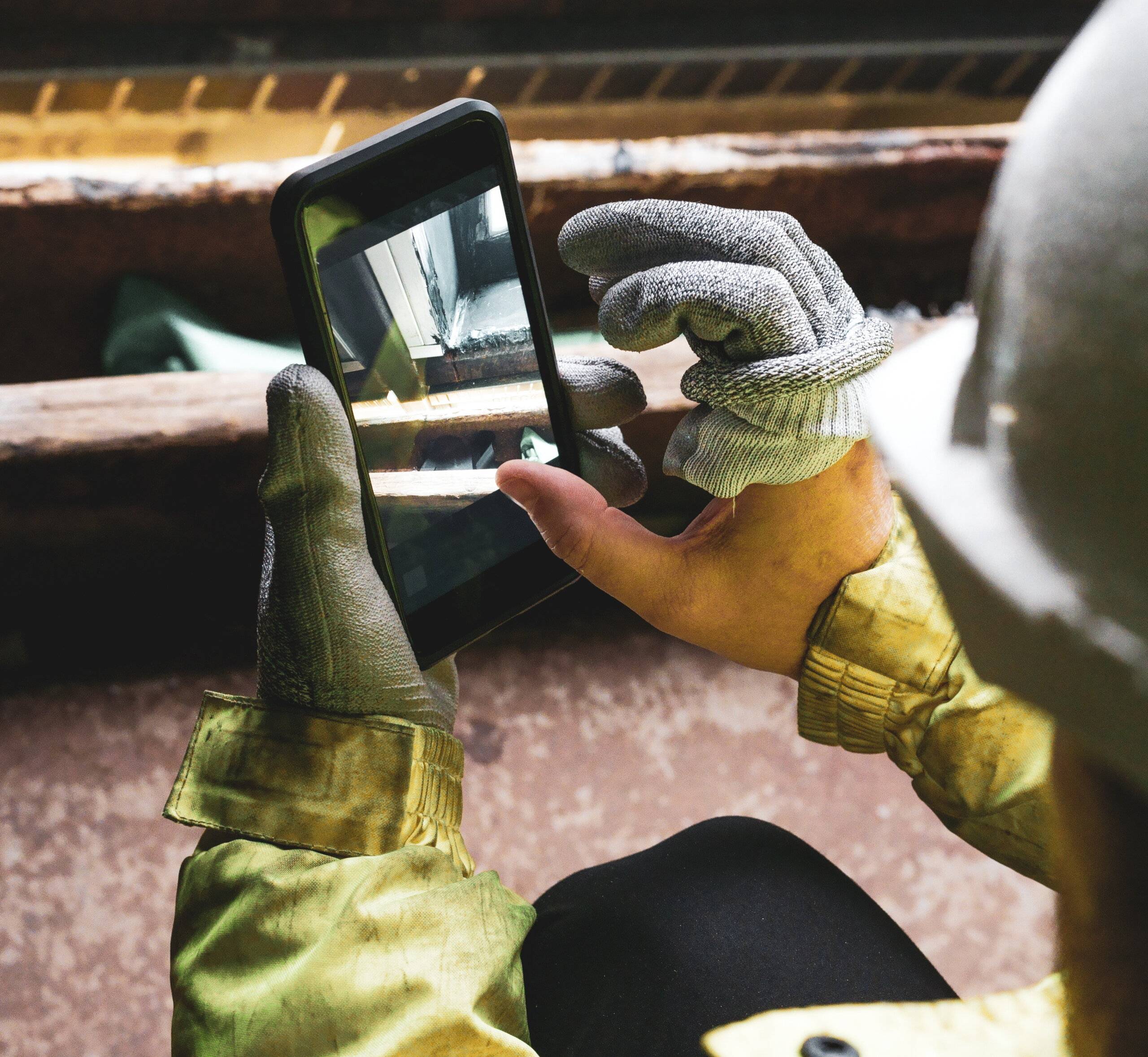
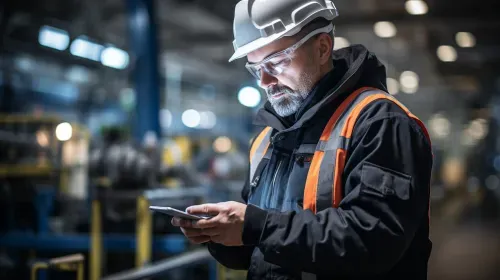



.jpeg)

